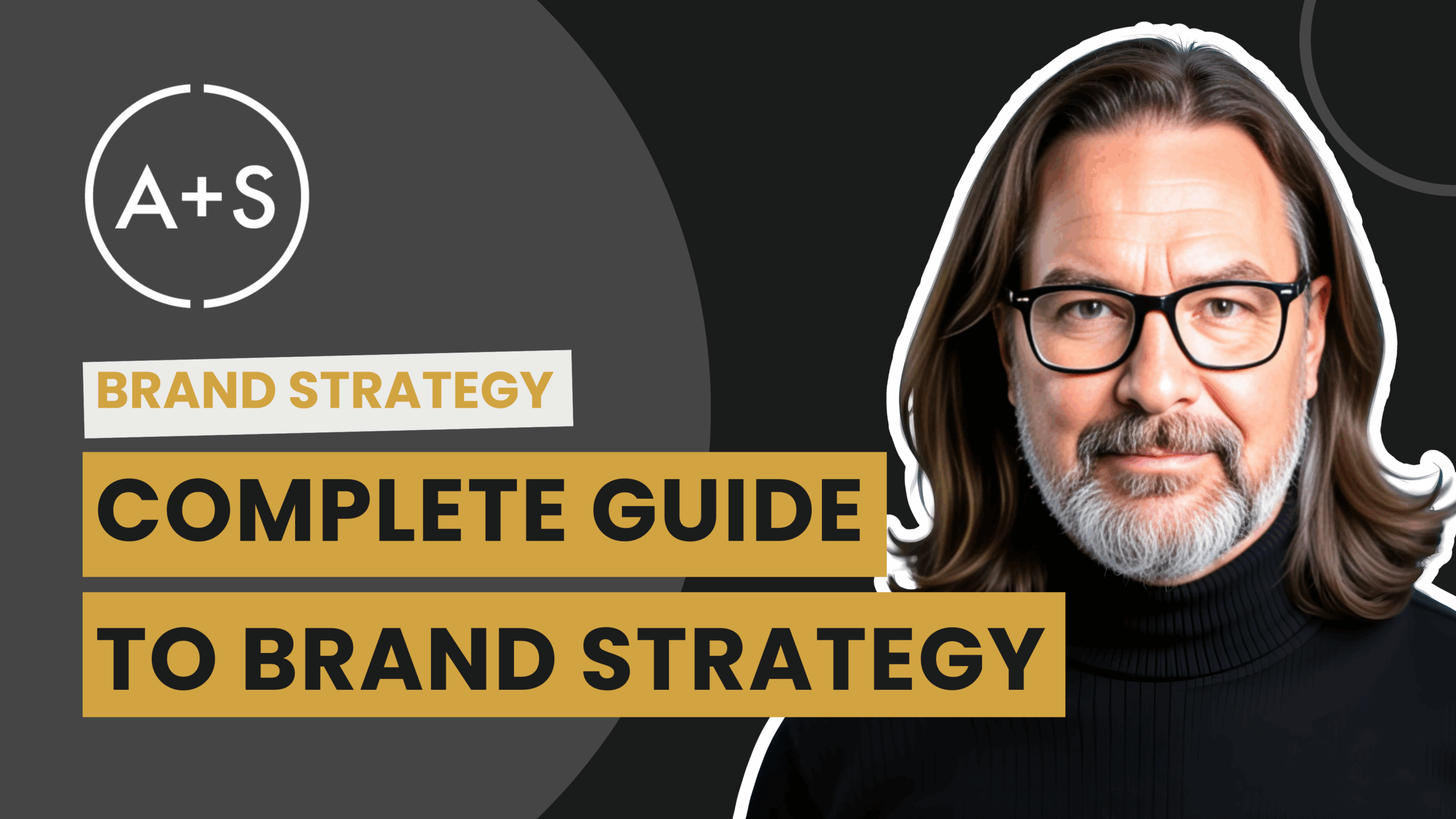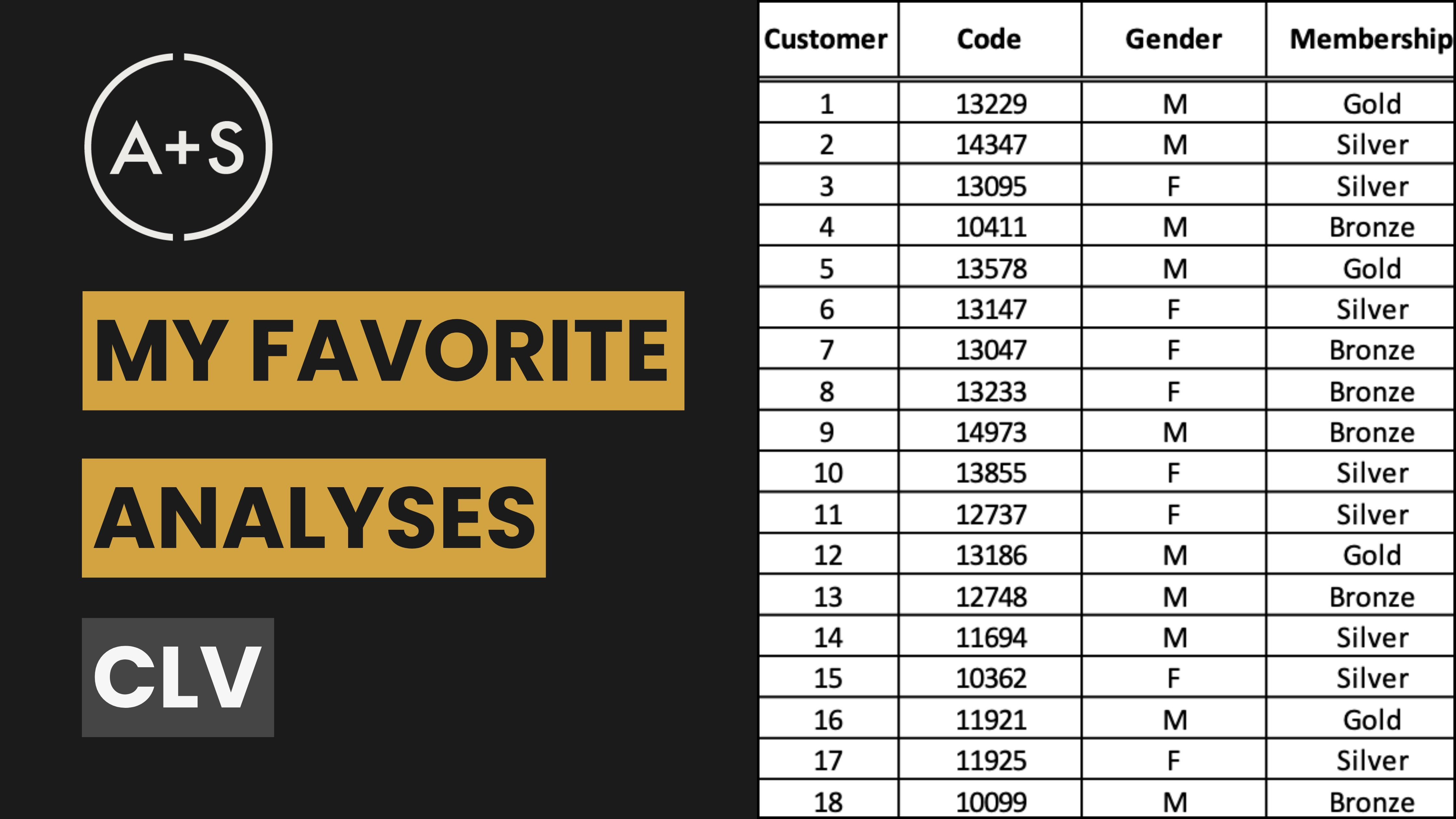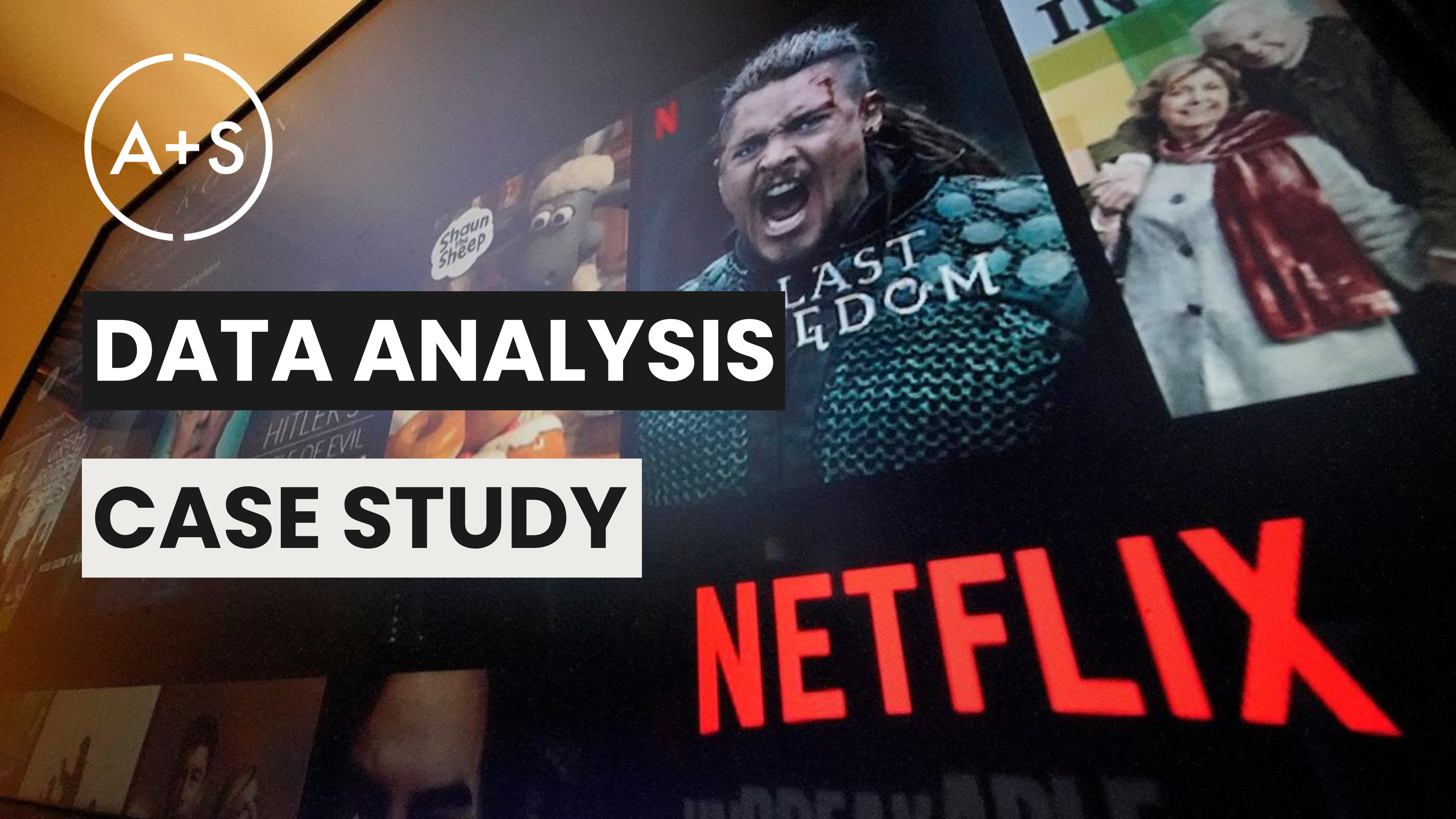For weeks, we have dissected brand strategy. We started with brand identity and the elements that bring it to life. We laid out the blueprints for market positioning and architecture. We navigated building a brand online through authentic storytelling. Finally, we explored brand growth — from successful extensions and failures the paradox of knowing when to change and when to stand still.
Now, we assemble the mosaic.
This final installment in this series connects every concept into a single, cohesive framework. It is the playbook for building, managing, defending, and measuring your brand as your most valuable asset.
The Economics: Brand as a Business Strategy
A brand is not a logo or a product. It is an intangible asset that exists in the minds of customers. It’s the reason a consumer might choose one functionally similar product over another; the brand evokes a unique set of emotions, allowing them to express their values through ownership. For instance, a person might drive a Toyota Prius to signal they are environmentally conscious, while another chooses a Ford F-150 to convey ruggedness and utility.
For the brand builder, the primary purpose of managing these associations is to generate financial value. This can be understood through a simple model of three key figures:
- Production Cost: The floor below which a company cannot operate profitably.
- Price: What the consumer is charged.
- Perceived Value: What consumers believe the product is truly worth.
While operational strategy focuses on reducing production costs, brand strategy is the force that drives up a product’s perceived value. The goal is to push these two frontiers – cost and value – as far apart as possible. This gap is a business’s most powerful advantage and unlocks two paths to profitability: (A) Pursue high-margin exclusivity by setting a high price near the brand’s perceived value, like Hermès; or (B) Aim for broad market dominance by setting a price far below perceived value to drive volume, like Walmart.
The Foundation: Identity, Elements, and Positioning
Successfully implementing either path requires a solid brand foundation:
- A Strong Brand Identity: You must know who you are. A strong identity delivers on a ladder of benefits, from the practical to the personal. This includes Functional Benefits (what Volvo’s safety features do), Emotional Benefits (the feeling of security they provide), and Self-Expressive Benefits (how owning a Volvo signals you are a responsible person).
- Demonstrable Proof Points: Do not just claim benefits; prove them. Every feature, policy, and interaction is a “demonstrable proof point” that supports (or contradicts) the brand promise. A generous warranty is not just a policy; it is a proof point for quality. When proof points fail, trust is destroyed. When United Airlines physically and forcibly removed a paying passenger from a flight to make room for one of its crew members, its actions contradicted the “Fly the Friendly Skies” promise and created a massive gap between its brand promise and reality.
- Powerful Elements: An identity is made tangible through brand elements: name, logo, slogan, jingles. These assets must be strategic — both offensive (memorable and meaningful) to build equity and defensive (adaptable and protectable) to defend it. The Nike swoosh is a masterclass in a simple, memorable, and protectable symbol.
- Sharp Competitive Positioning: Define the space you own in the customer’s mind. Your goal is to be the only choice for a specific need, not just another preferred product. Your strategy must be differentiated, relevant, and sustainable. An effective tactic is Brand Judo: using a positive attribute of your brand to expose a competitor’s weakness. Apple’s focus on privacy is a classic example, positioning it against the data-centric models of its rivals.
A clear foundation is the ‘why’ behind your brand. Now for the ‘how’: organizing your portfolio and deploying it online.
The Execution: Architecture, Online Presence, and Tangible Assets
A strong foundation requires a modern structure. How you organize your brands and show up online determines your success.
- Strategic Architecture: This is the blueprint for your brand portfolio. Are you a Branded House like Apple, where one master brand drives everything? Or a House of Brands like P&G, with a portfolio of standalone brands? Most companies use a hybrid model. The goal is always clarity, synergy, and leverage.
- An “Always On” Digital Ecosystem: The digital era creates a multi-voice dialogue. You do not control your narrative; your brand is now co-authored by your customers in real-time. Thriving requires a resilient digital ecosystem — a user-centric website, intelligent SEO, and strategic social media — that tells one cohesive story at every touchpoint.
- Bringing the Brand to Life: A brand’s identity comes to life through tangible assets that act as mental shortcuts. These include Signature Stories, like the Nordstrom legend of refunding a customer for tires the store never sold. They also include efficient Symbols and Taglines, like Jeep’s “Go Anywhere. Do Anything.” which instantly reinforces the brand’s personality and promise.
A well-executed brand is a powerful engine, but markets are not static. Growth, competition, and shifting tastes demand constant evolution.
The Evolution: Growth, Risk, and Revitalization
A brand is a living asset. You must manage the tension between growth, consistency, and relevance.
- Smart Growth Through Extensions: Brand extensions are a potent growth strategy. Done well, they enhance the parent brand. Dove’s move from soap to a full line of personal care products revitalized a mature brand and strengthened its image.
- The Danger of Stretching: Done poorly, extensions fail. “Bad” extensions lack credibility, like Colgate’s Kitchen Entrees which couldn’t escape the unappealing association with “toothpaste taste”. “Ugly” extensions actively damage the parent by diluting its meaning, a risk Harley-Davidson faced when its attempt at wine coolers created a jarring mismatch with its rugged identity.
- The Relevance Paradox: This is the central challenge of brand strategy: when to protect consistency and when to embrace change. Consistency builds trust. But you must react to three threats: a declining category, a new “reason not to buy,” or a simple loss of energy. When these threats appear, a revitalization playbook is non-negotiable.
This lifecycle of growth and risk is the highest level of brand strategy. These decisions are fraught with internal bias. This reality proves the need for an objective, analytical mind at the center of the process.
The Analyst’s Unified Role: Guardian of Objectivity
The analyst is the constant thread in this playbook. You are not a passive reporter. You are a strategic partner and the guardian of objectivity. Your role is to:
- Analyze for Differentiation: Use surveys, social listening, and segmentation to define the audience and find ownable points of difference.
- Measure for Relevance: Go beyond vanity metrics to track what truly matters to customers. Measure brand health through awareness, image, and loyalty to understand who knows you, what they think, and how much they like you.
- Validate for Sustainability: Rigorously quantify how your initiatives and customer experiences serve as credible proof points that reinforce the brand’s promise. Connect specific actions to shifts in brand perception and behavior.
- Quantify Financial Impact: Prove the brand is widening the gap between perceived value and cost. Measure the success of competitive strategies through sentiment and market share analysis.
- Pressure-Test Growth: Before any extension, analyze market fit. Forecast the risk of brand dilution. Flag gaps where the product fails to deliver on the brand’s core promise.
- Counter Bias with Facts: In the face of organizational pressure to change, you are the voice of reason. Ensure every strategic shift is based on evidence, not instinct or boredom.
Final Thought
Great brands are not built by accident. They are the result of intentional, disciplined strategy.
They are built on an authentic identity, communicated through distinctive elements, and sharpened by a clear market position. They are managed with a coherent architecture, brought to life through compelling stories, and evolved with data-driven purpose. Brand strategy is not a department. It is a foundational business discipline that drives long-term profitability.
Mastering the balance between consistency and change is the final, essential skill. At the heart of that mastery lies objective, rigorous, and insightful analysis.
Keep Analyzing!




